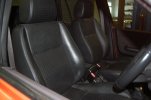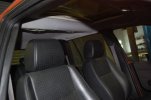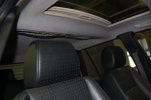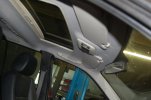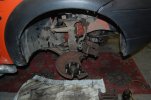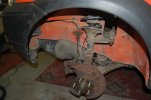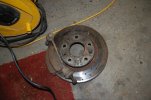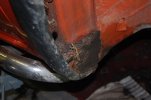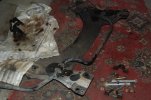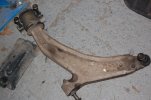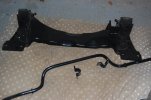GrumpyGel
Well-Known Member
I was chatting to a Polish chap a few years back about his code reader/diag box that he had developed for the L Series 620. He was intrigued and bought a Freelander L Series ECU that he plugged into his 620.
It sort of worked. The engine fired up and idled, but would not rev much.
Presumably differences in injection pump.
It sort of worked. The engine fired up and idled, but would not rev much.
Presumably differences in injection pump.
